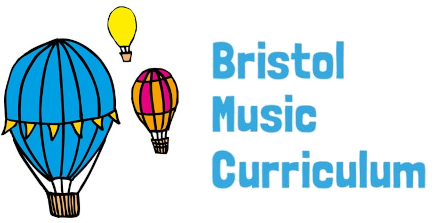Key Learning Objectives To add tuned and untuned percussion parts to accompany the medley of traditional songs already learnt. Starter activity: The whole class to clap to the heartbeat and engage with the Vocal warm ups (1 1,2,1) – found on SingUp. Main activity: Revisit the four Pentatonic Partner songs, adding instruments to accompany the […]
Tag: Ostinato
Year 6, Unit 2: Samba – Lesson 1
Key Learning Objective: To identify features of Brazilian Carnival / Samba music. To recognise, read and perform four basic samba rhythms. Starter activity: Listening and response exercise based on the soundscape of carnival. Introduce the Brazilian rhythmical dance that is Samba. Discuss the instrumentation and the form of its structure, focusing on describing the music […]
Year 6, Unit 1: Water – Lesson 5
Key Learning Objective: To compose a rhythmic ostinato inspired by engine sounds. Starter activity: Listening and response exercise based on ‘Connect It’ by Anna Meredith, focus on identifying the ostinato rhythms. Main activity: In groups, work further on the engine compositions. Discuss ways in which groups could combine their rhythms to form a longer piece and or layer […]
Year 4, Unit 1: Water – Lesson 6
Key Learning Objective: To maintain an independent line within a two part song. Additional Learning Objective: To sing in tune with expression and perform rhythmically simple parts that use a limited range of notes. Starter activity: Listen to a number of capstan and hauling sea shanties, asking the children to identify the main features of […]
Year 4, Unit 1: Water – Lesson 3
Key Learning Objective: To maintain an independent line within a two part song. Starter activity: Warm up exercise, sing ‘Drunken Sailor’, clapping the pulse during the instrumental section, focusing on diction. Main activity: Learn the melody for the song ‘The Bold Pirate’, creating two groups, one to sing the melody line, the other to sing the ostinato. […]
Year 1, Unit 2: Animal Rhythms – Lesson 4
Key Learning Objective: To compose, perform and maintain a rhythmic ostinato. Starter activity: Learn the song ‘Tony Chestnut’ before revisiting two earlier songs as extended exercises. Main activity: Introduction to additional notation, using new animal rhythms. For example, demonstrating four semi-quavers as ‘alligator’. Plenary: Learn the song ‘This Train’, furthered through addition of instruments playing the animal […]
